America’s education system was a groundbreaking effort to help a growing nation thrive in the 19th century. Now, 200 years later, the world has changed; the horizon looks drastically different. Collectively, we need to redesign our education system to enable all of our children — and, by extension, our nation — to thrive today and tomorrow. “Horizon Three” or “H3” names the future-ready system we need, one that is grounded in equity serving learners’ individual strengths and needs as well as the common good. This series provides a glimpse of where H3 is already being designed and built. It also includes provocations about how we might fundamentally reimagine learning for the future ahead. You can learn more about the horizons framing here.
By Dr. Adrienne Usher and Dr. Jesse Bacon
All images are provided by Bullitt County Public Schools.
Transforming a school district to be future and present ready isn’t about raising test scores; as this series shows, it’s about rewriting the playbook, from how students engage in the classroom to how custodians and bus drivers see themselves as part of the mission. At Bullitt County Public Schools (BCPS) in Kentucky, we launched the journey to rethink education eight years ago.
For leaders about to get started, or funders and policymakers looking for insight on how to support H3 work, here are five of the biggest obstacles we encountered—and the ways we’ve tackled them. We hope this can accelerate others’ paths towards making education relevant, inclusive, and deeply impactful for students, educators, and the community.
1. A Lack of Shared Vision
The Problem: How can you change a system if no one knows where it’s headed? Without a unifying vision, districts risk fragmented efforts and missed opportunities. When BCPS embarked on our journey toward competency-based learning, the first hurdle was clarifying: What do we want for our students? What should their experience look like?
The Solution: We started with one powerful question: What do we want for our students? To answer that, we didn’t just sit around a boardroom table with educators. We took the question to parents, business owners, community leaders, and—most importantly—students themselves.
For example, when we spoke with business leaders, one local owner challenged us, “Why should I care about what happens in your schools?” We were a little taken aback, but we answered honestly: “Because one day, you’ll hire these students. Whether they thrive in your workplace depends on what happens in our classrooms.” Watching her realization—how schools and businesses are deeply connected—was a lightbulb moment for everyone in the room.
These conversations culminated in our Graduate Profile, which defined the competencies students need to thrive: self-direction, communication, community contribution, innovative problem solving, and mastery learning. It’s more than a set of buzzwords; it’s our north star, guiding every decision and strategy.
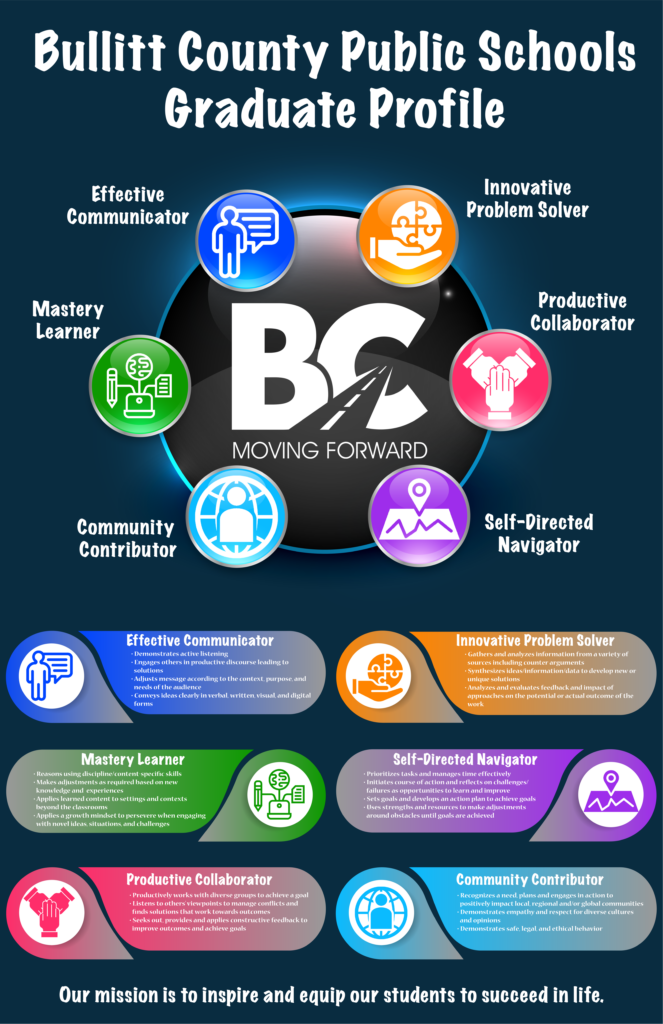
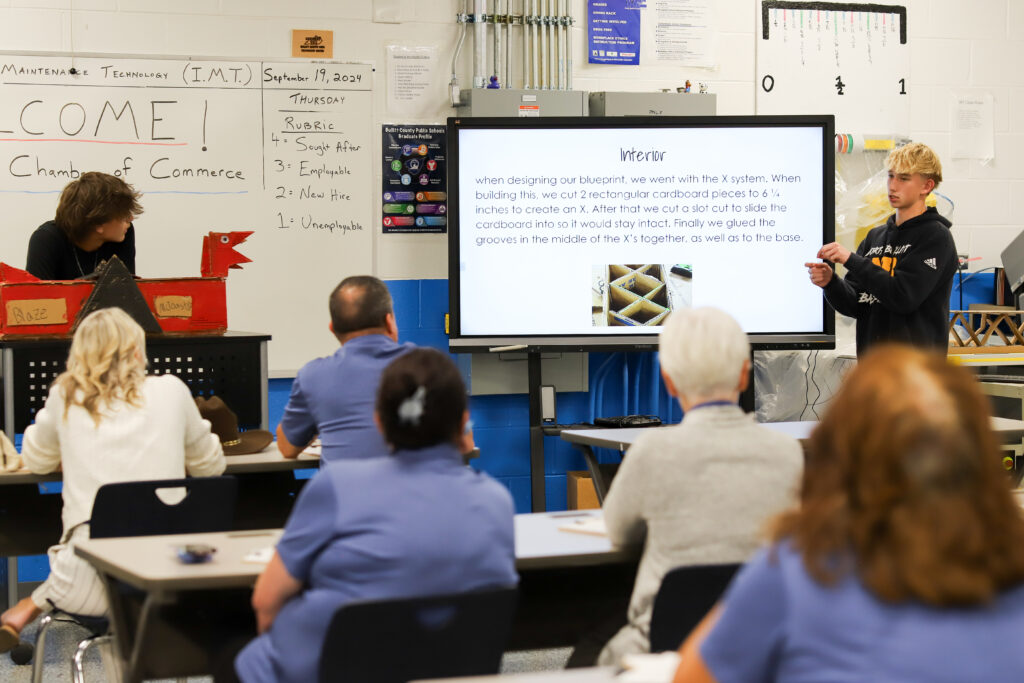
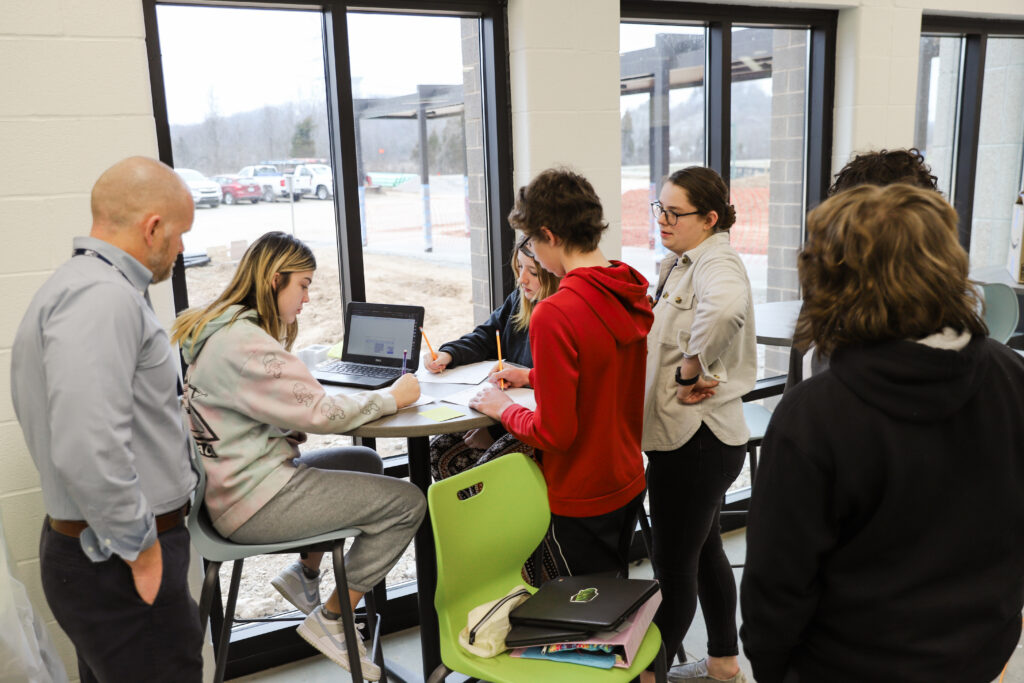
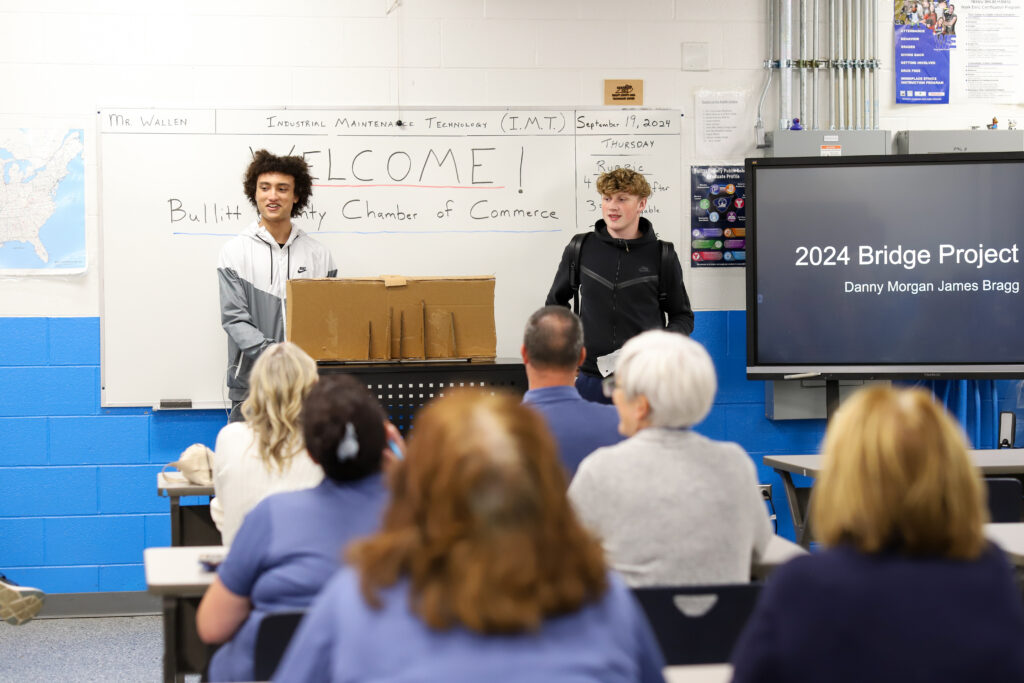
2. Weak Connections Between Schools and the Community
The Problem: Schools and communities often operate in silos. The lack of connection and alignment between schools and communities can lead to misunderstandings and missed opportunities for students, as well as the community.
The Solution: We prioritized building authentic partnerships. One pivotal move was hiring a district staff member dedicated to connecting schools with local businesses and organizations. This role helped launch initiatives like middle school career labs, where students explore real-world applications of their learning.
Mt. Washington Middle School went from purchasing a curriculum to having partnerships with community partners, where they commit to giving feedback to student work and coming into the schools. Norton Healthcare is partnering with the career labs to bring VR simulators into the classroom to explore virtual surgeries and virtual nursing. Local automotive industry companies have partnered with Bernheim Middle School to build a lab in the school to work on engines. BCPS is also rolling out Community Share to build a database of potential community partners. The goal is to create a pipeline of community connection ranging from classroom visits all the way to internships that lead to career jobs (rather than low-skill, minimum-wage jobs).
The relationships and learning are mutual. By forging these connections, we’re ensuring that students are exposed to the tools, language, and technology used in today’s industries—bridging the gap between education and employment. The community is also exposed to what young people are capable of.
We are also in the process of co-creating a community-based accountability system that provides a more transparent and comprehensive reporting system which honors the values of our community. This type of accountability model will provide a holistic understanding of strengths and areas of improvement aligned to aspiration statements developed by our Bullitt County community. This work is part of a Kentucky initiative to reimagine assessment and accountability – to develop a new accountability model—one that moves away from generic state or federal metrics and instead responds directly to what our local community values. This shift was inspired by extensive conversations with business leaders, parents, and students.
Every several years, we renew our Board of Education aspiration statements with our Community-Based Accountability (CBA) Team, which includes parents, business owners, educators, officials, and community members. This year, we aim to define clear benefits linked to these statements, translate them into measurable metrics, and report on them to reflect our community’s values in our school district.
3. Managing Leadership Turnover
The Problem: Change is inevitable, especially in leadership. Since we began our transformation, we’ve hired 15 new principals in a district with 24 schools. Some left because the work was too demanding; others moved to new opportunities. Leadership turnover can easily stall progress.
The Solution: To maintain momentum, we created a leadership pipeline and a collaborative, supportive leadership culture. Teachers participate in professional cohorts, where they learn how to bring the Graduate Profile to life in classrooms that connect academic standards and competencies. These teachers become champions in their schools in transforming the student experience. Instructional coaches, who have hands-on experience, learn and co-create alongside teachers to prepare them for future leadership roles.
One story that stands out involves a 5th-grade teacher, Sarah, who joined a cohort feeling completely burned out. She admitted she was counting the days until retirement. But partway through the sessions, she began to see her students transform—taking ownership of their learning and engaging in ways that reignited her passion for teaching. By the end, she told us with tears in her eyes, “I haven’t felt this excited about teaching in a decade. I’m staying another ten years.” She went on to become a mentor in her building, inspiring her colleagues to innovate.
Betty Jo Davis is another example. An assistant principal in another district, she was hired into BCPS as an instructional coach, then an assistant principal, and then a principal. Being the coach first allowed her to understand the systems, structures, and language at Bullitt County, as well as how people responded to change management at each of the roles. Her experience in leadership is almost completely through change management.
Betty told us, “There’s a team mentality here that I haven’t seen in the two other districts I’ve worked in. The culture is built through the pipeline; it’s a culture of cooperation, not competition or isolation. In my other district, it was all principals – they ran it all and competed. Here, it’s different, it’s a good feeling. And now that I’m a principal, I’m not afraid of walking into a room full of principals – I know we are going to help each other, not compete.”
At BCPS we know we need to lead differently for next horizon learning. We build a culture of shared responsibility and competence from the top. Principals are expected to take care of and mentor the newer ones; same for coaches, teachers, etc. Betty explained, ”Earlier this month was crazy with thousands of kids out with the flu. In our principal text group, principals were offering to be subs for each other.” These text groups are critical to building our community. We also cheer each other on and allow for vulnerability.
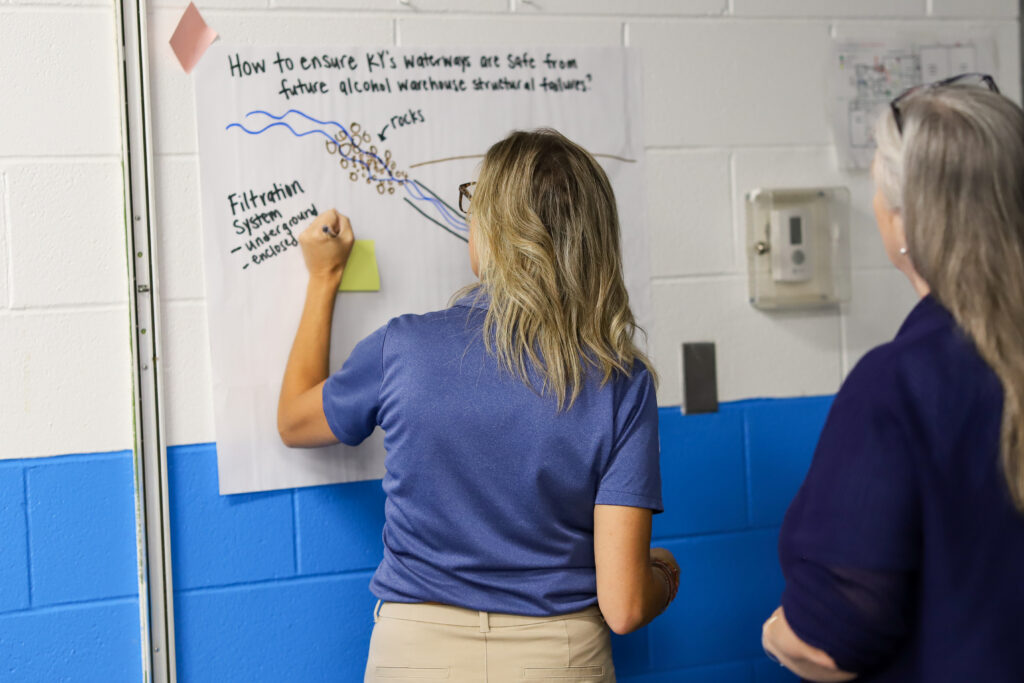
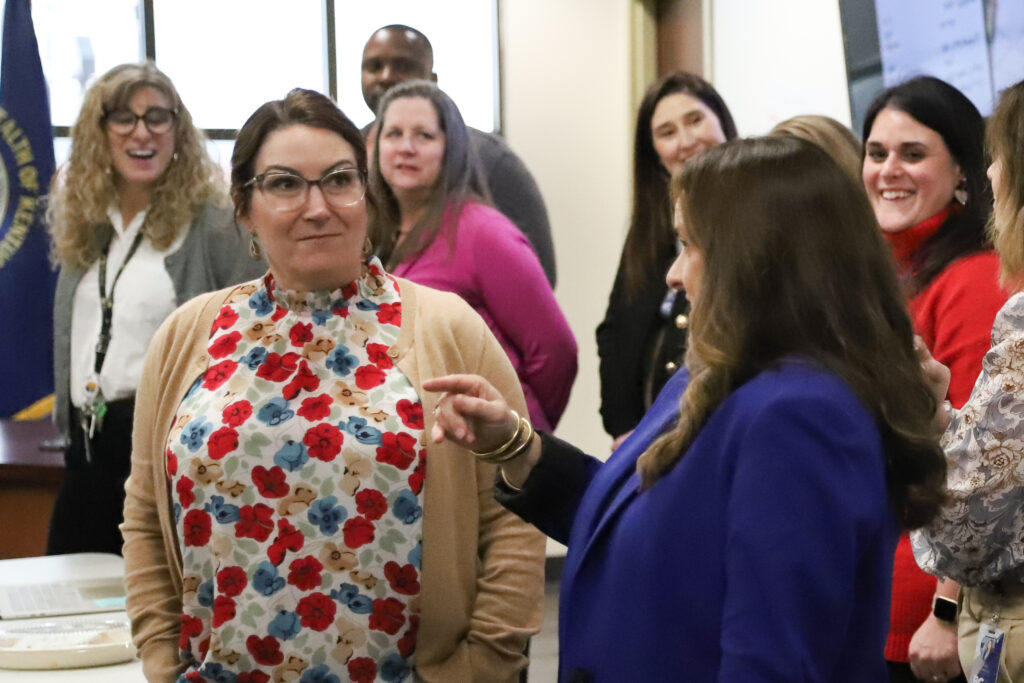
4. Overlooking Support Staff
The Problem: Transformation efforts often focus exclusively on teachers and principals, ignoring the essential contributions of support staff like custodians, bus drivers, and office administrators.
The Solution: We made it clear that everyone plays a role in student success. For example, our HR team aligned hiring practices with the Graduate Profile, ensuring new hires understood our mission. Custodians participated in training on how a clean, welcoming environment supports learning.
We also hosted a professional development conference specifically for support staff. Participants could choose sessions on topics like working with students and understanding the Graduate Profile. One bus driver shared afterward, “For the first time, I feel like I’m part of the mission, not just someone who gets kids from point A to point B.”
We have just launched a new ‘Catalyst Cohort’ made up of teams of principals, coaches, and teachers from six different schools. Their first design challenge was to use the Lean Startup process to build and test prototypes for increasing classified staff inclusion in their local campuses. As we learn what works, we’ll explore scaling up their prototypes.
We also use designated days on the school calendar, Bullitt Days, where all staff are provided with time to collaborate and learn with colleagues. Our mornings are considered sacred time in schools, but afternoons are reserved for districtwide training to provide more specialized learning and training for all staff, including non-teaching staff.
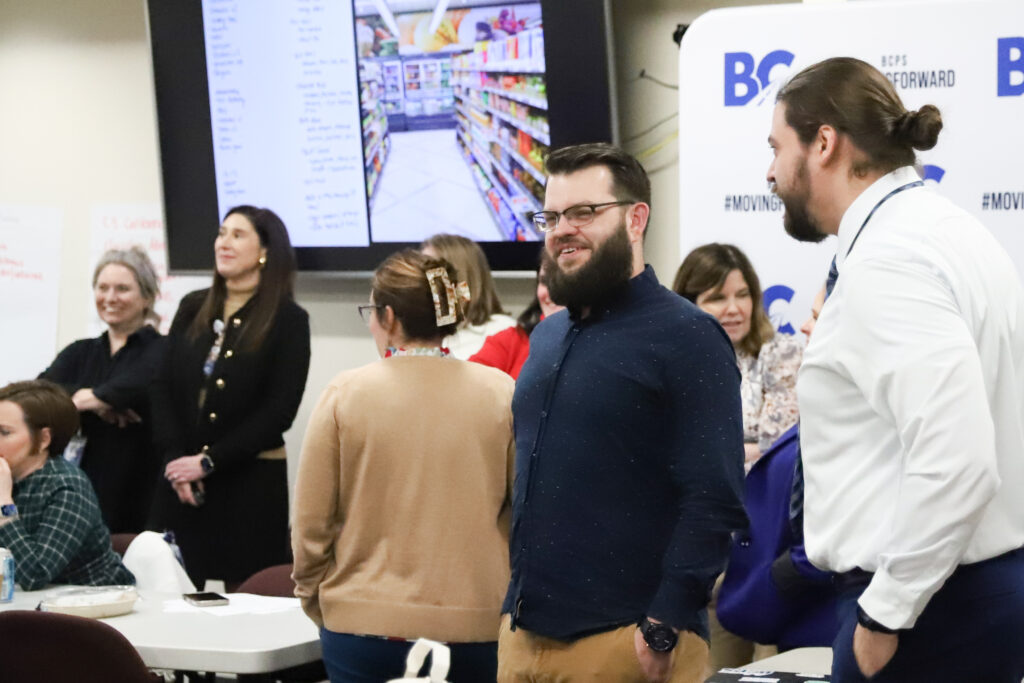
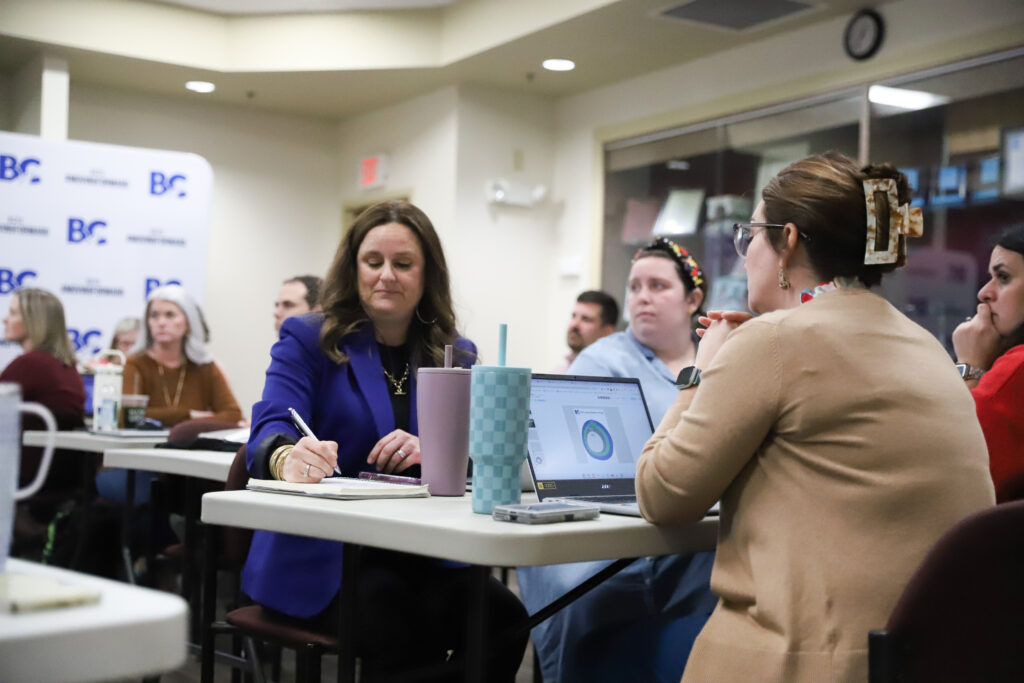
5. Disorganized Technical Assistance
The Problem: Picture this: Teachers in one school get advice from Consultant A, while teachers in another school hear something completely different from Consultant B. Chaos, right? That’s what happens when districts don’t align their technical assistance providers, which is all too often the norm.
The Solution: We convened all our technical assistance providers in one place. This included everyone: those delivering professional learning, district advisors, and our technology platforms and tool-builders. Our goal was clear: get everyone aligned.
We didn’t hold back. During the meeting, we made it clear: “This is our work. This is our Graduate Profile. This is the language we’re using. If you can’t align with this vision, you won’t be part of this.” It wasn’t about being harsh; it was about ensuring clarity—for educators, leaders, and students.
Getting everyone on the same page wasn’t a one-and-done meeting. We had to play matchmaker, encouraging consultants to connect and collaborate instead of working in silos. Communication flowed through emails, shared updates, and joint meetings, so everyone stayed on the same page. It continues as we bring on new technical assistance providers and new platforms, given the evolving nature of the work.
Some might ask, “How does this impact students?” The answer is simple: consistent, aligned training empowers teachers and leaders to stay focused and confident. That clarity is essential for meaningful change.
In the end, aligning our technical assistance providers ensures everyone—teachers, leaders, and consultants—is rowing in the same direction. And when that happens, students win.
Leadership
Transforming a district isn’t about fixing what’s broken—it’s about reimagining what’s possible. At BCPS, we’ve faced challenges head-on, learning as we go. The journey hasn’t been easy, but it’s been worth it.
This work of transformation is grounded in the way we, Jesse and Adrienne, collaborate. We focus on communication, building strong systems, and ensuring coherence at every step. Our ongoing communication, literally ongoing, is a perfect example—ongoing messages between us about everything from big-picture strategy to real-time campus needs. Whether it’s refining systems, troubleshooting issues, or celebrating wins, that steady flow of communication keeps us aligned, ensuring coherence and clarity across the district. There is no day and night between us on all things BCPS.
To superintendents, policymakers, and philanthropists: The challenges we face in education require thoughtful, coordinated action. With a shared commitment, we can design school systems that prepare every student for a future defined by innovation and change.
It can be consuming to live in a world of compliance, management, and operations, but we have to be about what really moves the needle when it comes to developing human beings for the present and future. We are tasked with and are allowed this awesome responsibility. The call to action is prioritizing the process for collaboration, partnership, and system coherence which does not only live in the superintendent and assistant superintendent’s office. It lives in THE system which is made up of everyone in the organization. The transformation of our education system for the future workforce depends on collective action and intentional partnership.
Dr. Jesse Bacon is the Superintendent and Dr. Adrienne Usher is the Assistant Superintendent of Bullitt County Public Schools.
This blog series is sponsored by LearnerStudio, a non-profit organization accelerating progress towards a future of learning where young people are inspired and prepared to thrive in the Age of AI – as individuals, in careers, in their communities and our democracy. Curation of this series is led by Sujata Bhatt, founder of Incubate Learning, which is focused on reconnecting humans to their love of learning and creating.
The post 5 Obstacles (and Solutions) to Transforming School Systems for the 21st Century appeared first on Getting Smart.
Kentucky’s Bullitt County Public Schools (BCPS) reflects on their multi-year journey into rethinking education.
The post 5 Obstacles (and Solutions) to Transforming School Systems for the 21st Century appeared first on Getting Smart. Leadership, New Pathways, accelerated pathways, credentials, H3, Policies & Systems, portrait of a graduate, superintendent Getting Smart







